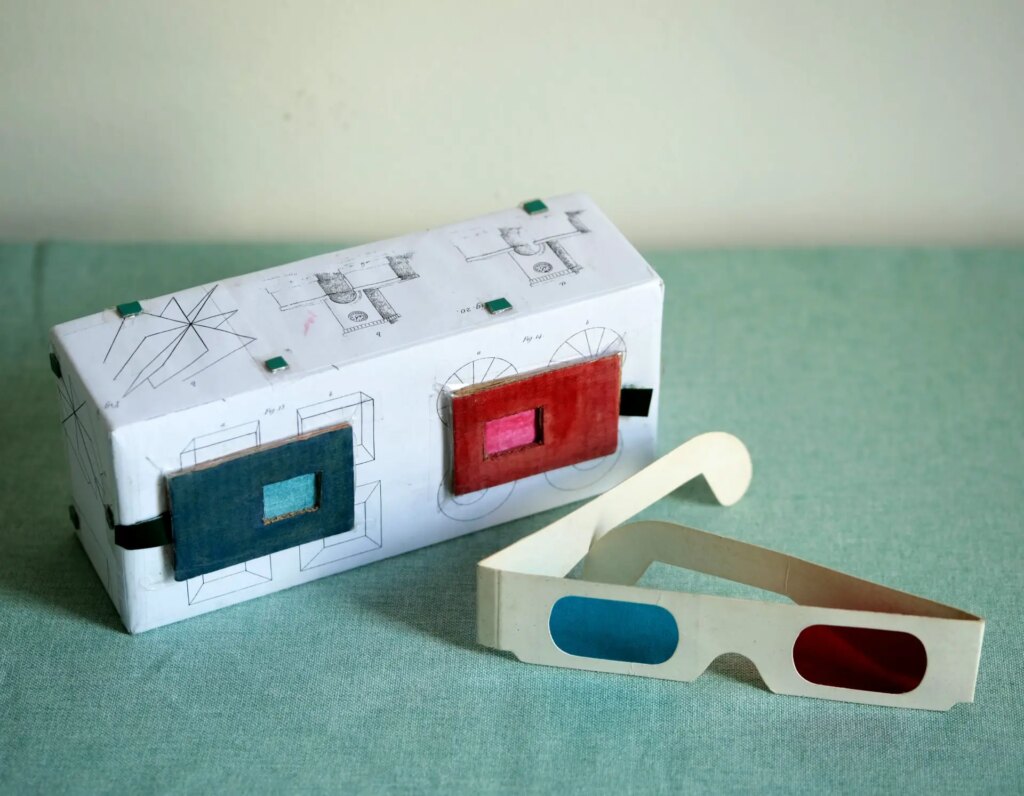
If X is good and Y is good, then X and Y combined must be even better. Out of this misguided reasoning have emerged such unholy inventions as the beer-tap hat and ice-cream frie...
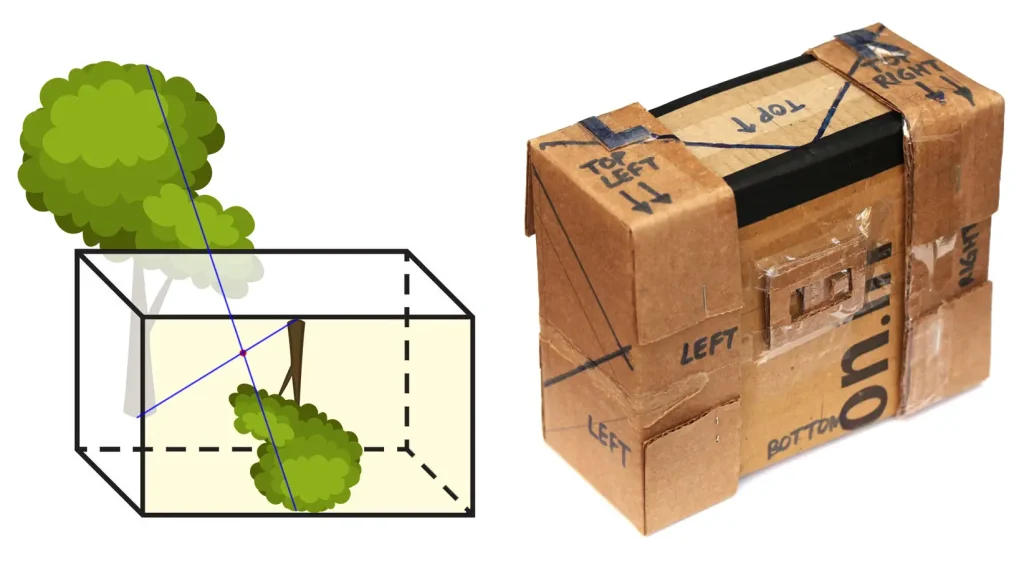
Two main factors determine how a pinhole camera “sees” – that is, whether its angle of view is wide, normal or tele. The first is the sensor size (throughout this po...
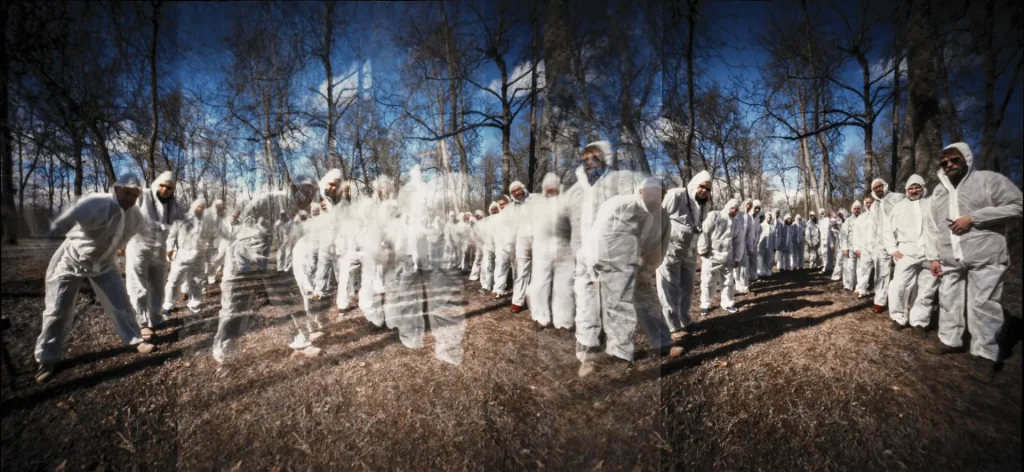
Today – April 25 – is Worldwide Pinhole Photography Day (WPPD for short), when anyone, anywhere in the world, who makes a pinhole photograph can upload it to the WPPD online gal...
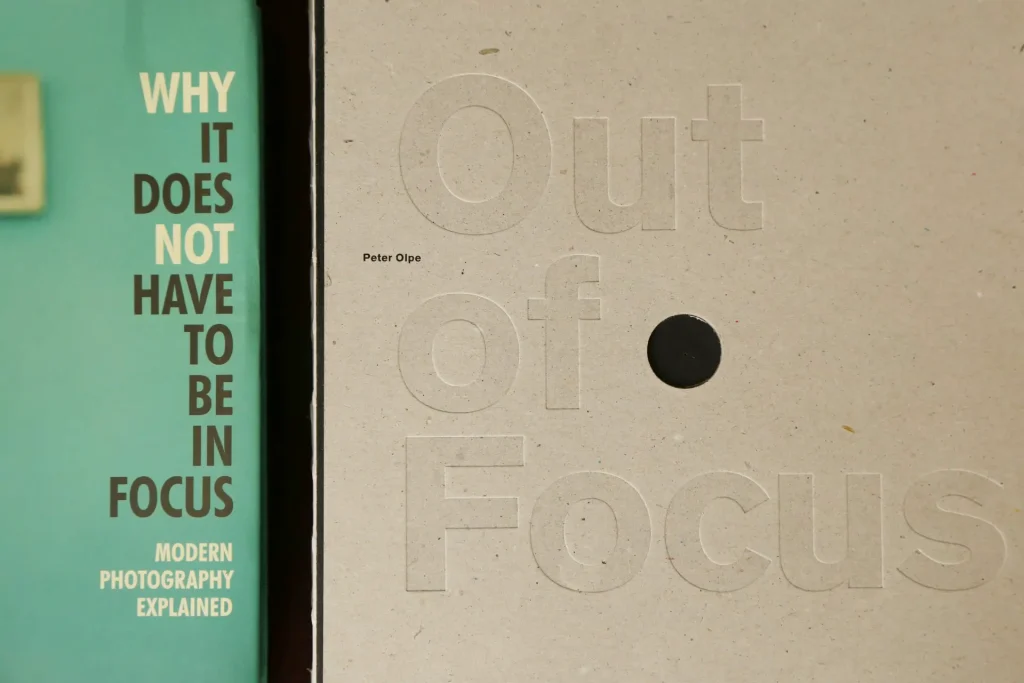
Another Monday, another episode of my Pinhole Adventures series… but this one is a bit different. So far, I’ve mainly focused on designing and building cameras. Part 4 is less a...
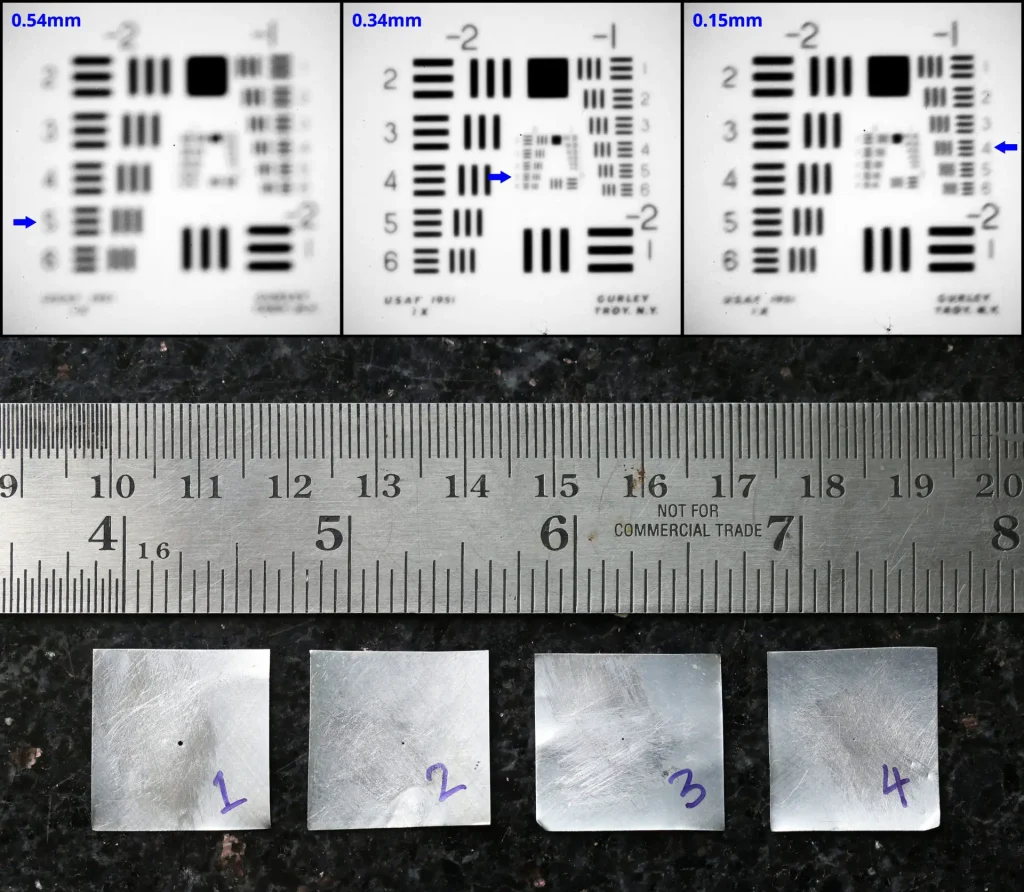
There’s a scene in Jurassic Park where Dr. Malcolm (Jeff Goldblum) gives the park’s creators a lecture on ethics. He ends with the famous line, “Your scientist...
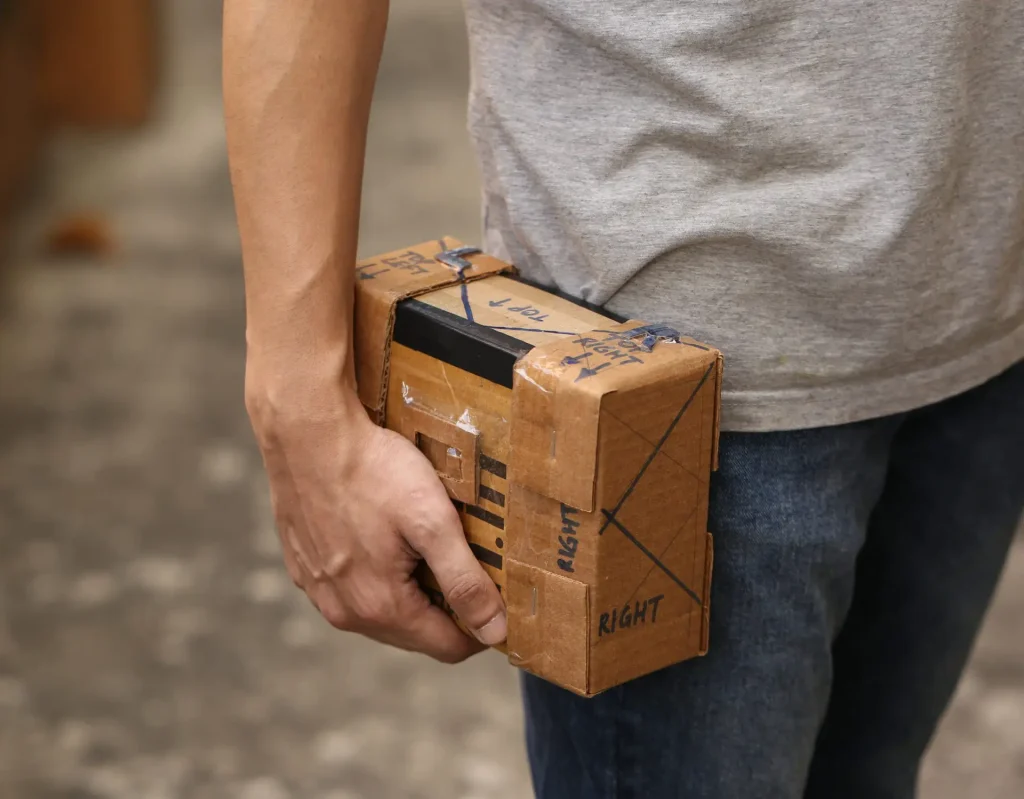
When you get right down to it, there are only three things a camera needs to do: form an image, record that image, and be otherwise light-tight. All the rest – focusing aids, li...
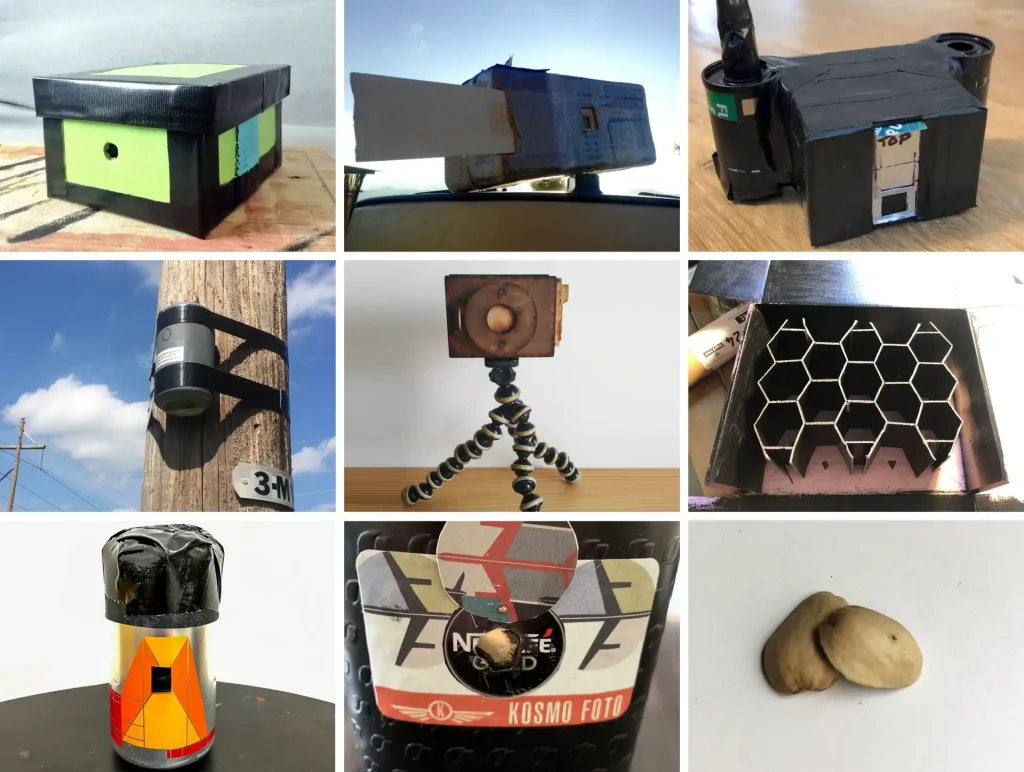
Aren't humans amazing. We develop sophisticated technology – high-resolution sensors, superfast lenses – to record images. But we also make, and express ourselves with, the simp...







